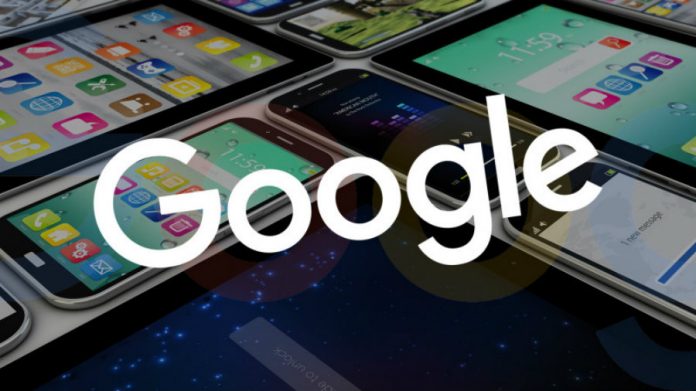
Last year, Google (NASDAQ: GOOG) announced its Accelerated Mobile Pages (AMP) project to deliver a better mobile content. Today, they released an AMP update for advertising content. This update is focused on helping publishers participating in the project monetise.
Additionally to AMP for Ads, Google also announced AMP for landing pages to ensure that AMP participants can monetise in a better way and that advertisers booking like ad units can provide a better experience for mobile users.
Amp for landing pages should ensure a better experience for consumers letting them switch between the advertiser’s site and the original publisher page where they saw the ad using integrated software, according to Google.
With AMP for ads, Google expects to bring everything that’s working fast and good about AMP to ads, sadly many ad campaigns are not friendly to mobile devices which make them slow to browse. Amp for ads will allow advertising campaigns to be beautifully designed on AMP HTML so both the publisher and advertiser’s creative can load at the same AMP speed.
Addressing the payload drain issue caused by data collection and measurement tools ads typically carry, Ads for AMP will be able to use a mechanism built into AMP that includes analysis code that is vendor-neutral and supports full ranges of metrics.
“This means ads can take advantage of the same “instrument once, report many times” feature that benefits AMP pages today, eliminating the bandwidth and runtime cost,” caused by ads loaded code from multiple tools, Ubl explained.
According to Google’s research they found out that mobile sites take up to 19 seconds to load on mobiles and estimates mobile sites that load within five seconds could double their revenue. They also mentioned that AMP HTML pages load four times faster and use one tenth the data that non-AMP pages on mobile devices.
Google says mobile ads take 19 seconds to load and that's causing publishers to throw away money https://t.co/mCeQrB6pfI
— Mike Shields (@digitalshields) July 19, 2016
It is said that about 2.5 million Americans are using ad blockers on their smartphones, and the use of mobile ad blocking browsers grew by 90% in 2015.
According to a recent report from PageFair, a majority of mobile ad-blocking is occurring in just a few countries: China, 159 million Adblockers; India, 122 million; Indonesia, 38 million; and Pakistan, 10 million. So after all the American amount of adblockers is not as big as it could be.
Search traffic on mobiles beats computer traffic
Epiphany’s paid search client data shows that 45 percent of search traffic is on mobiles, compared to a 39 percent on desktops and 16 percent on tablet devices in 2016.
These numbers alone indicate the fact that more and more people are using mobiles to access sites over desktops and tablets, and it also explains why Google is putting all their efforts into making ads on mobiles better and faster overall.
Google’s efforts to make the web more friendly towards smartphones seems pretty obvious but the transition for websites to become mobile friendly isn’t that easy, as there are still sites that are not meant to be used on mobiles. Additionally, Google announced the programmatic native ads on DoubleClick Bid Manager (DBM) which will let advertisers better integrate their ads into the mobile viewing experience.
Paul Muret, Google engineering VP announce the availability of out stream video ad units on DoubleClick for Publishers (DFP), which means that advertisers can buy video ads on traditional publishers sites and that those same publishers using DFP can tap into traditional TV budgets.
https://www.youtube.com/watch?v=WrpkFROqR0Q
Muret also spoke about the necessity of integrating the ads properly to the internet experience because otherwise, this could lead to people being annoyed by ads ergo using ad blockers.
“We’re not stopping there; obviously, virtual reality and augmented reality are here, and coming, and rest assured we’re going to be your partner in helping you deliver those experiences as we deliver them into our advertising systems.” Paul Muret said.
After that announcement, they revealed some previews of Google’s 360 YouTube ad experience from brands such as Hyundai and Time Warner.
Google’s goal after showcasing all these updates is to become more present in the total browsing activity primarily focusing on the mobile browsing experience due to its current snowball phenomenon. Google’s new keyboard with search embedded for iOS is a huge step further in that direction for mobile users as it let people quickly find information using iMessage for example and then integrate that data directly into the message back.
How [#AMP] Accelerated Mobile Pages Can Transform Your #SEO https://t.co/MyLqw3NA7b via @sevenatomsbuzz
— Ed Leake (@EdLeake) July 19, 2016
Source: The Drum










